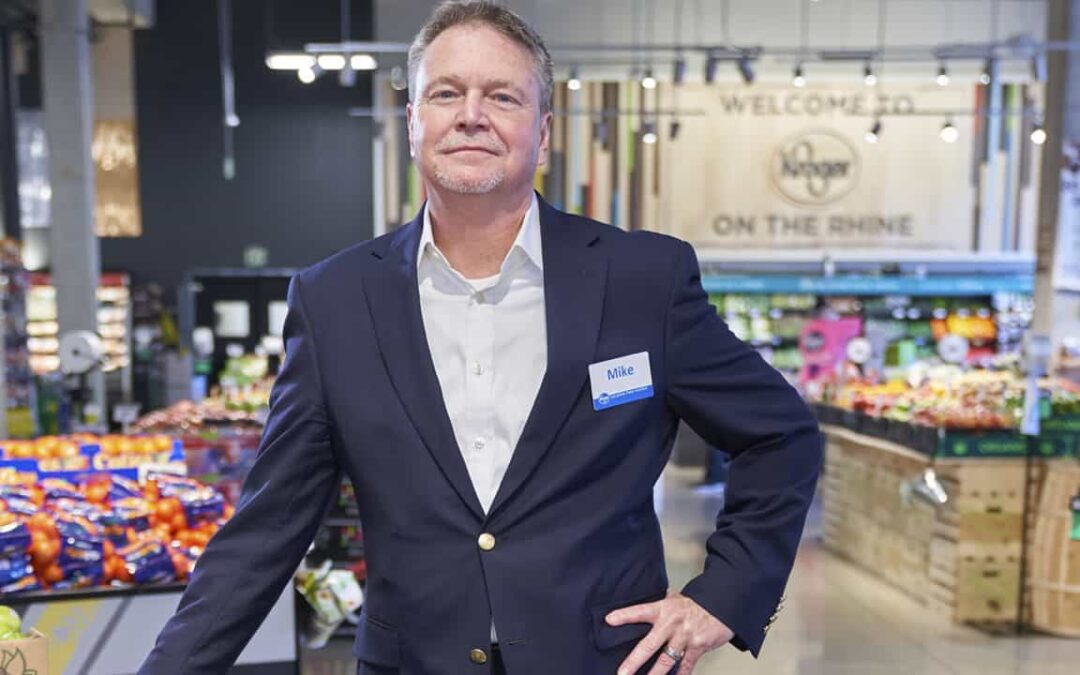
by Diego | Apr 1, 2024 | News, Community, LPRC Article, Press Release
Renowned Asset Protection Leader Mike Lamb Selected as LPRC’s INNOVATE Program Senior Advisor GAINESVILLE, April 1st, 2024- Retail crime victimization continues to create dangerous conditions. According to retailer incident data crime events are increasing requiring...
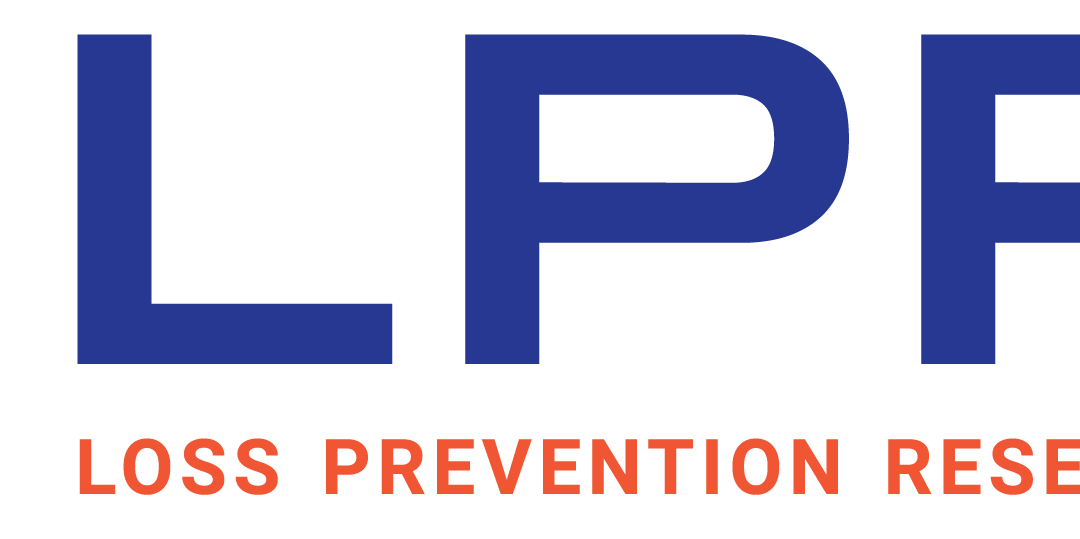
by Bryan | Sep 26, 2023 | News, Community, LPRC Article, Press Release
Increasing Theft and Violence Continue to Harm Retailers, Retail Workers, and the Communities they Serve Gainesville, Florida, September 26, 2023 – According to the National Retail Federation’s 2023 National Retail Security Survey (NRSS), retail crime continues...

by Bryan | Jan 11, 2022 | Community, LPRC Article, News, Press Release
LPRC and ISCPO Partnership Press Release: With disruptions causing over $4 trillion dollars in profit loss according to Reuters, supply chain challenges continue to affect retailers, manufacturers, and other logistics companies alike. Strategic partnerships and...
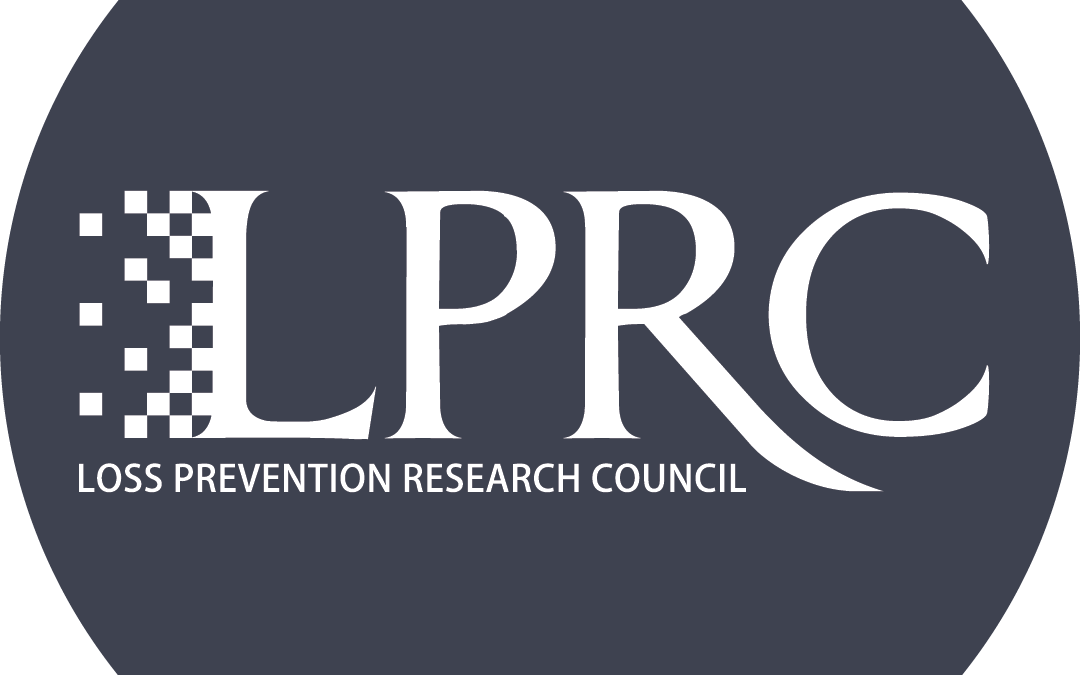
by Bryan | Nov 22, 2021 | Community, LPRC Article, Press Release
Retail Crime Can Be Dangerous and Intimidating. Retail stores are a vital part of any community. They conveniently and quickly provide the goods local people want and need. And shops are places where residents work and build their careers. Finally, stores also provide...
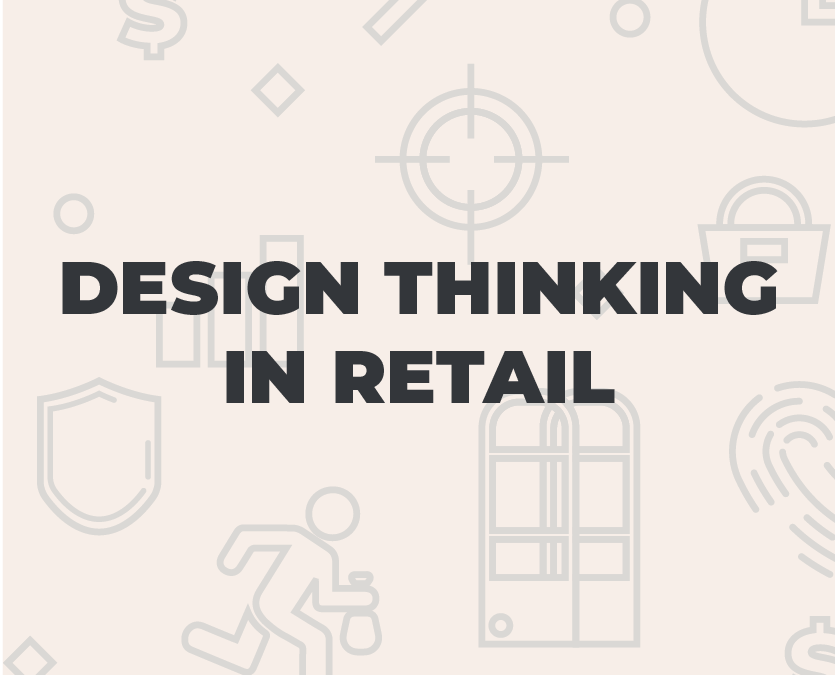
by Bryan | Dec 17, 2019 | LPRC Article
Design Thinking is a technique that focuses on understanding the end-user through methods of thinking ‘outside of the box’. This consists of five phases that can be performed in a non-linear fashion – Empathize, Define, Ideate, Prototype, and Test. Empathize –...
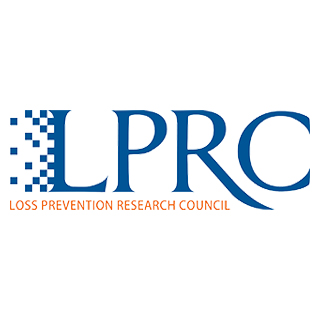
by Bryan | Nov 27, 2019 | LPRC Article
Focusing solely on the on-shelf product is ineffective: there are many more layers to theft and the criminal behind the act. Building the Zones of Influence allows for more coverage of all aspects of crime prevention and the retail experience. The Zones...





